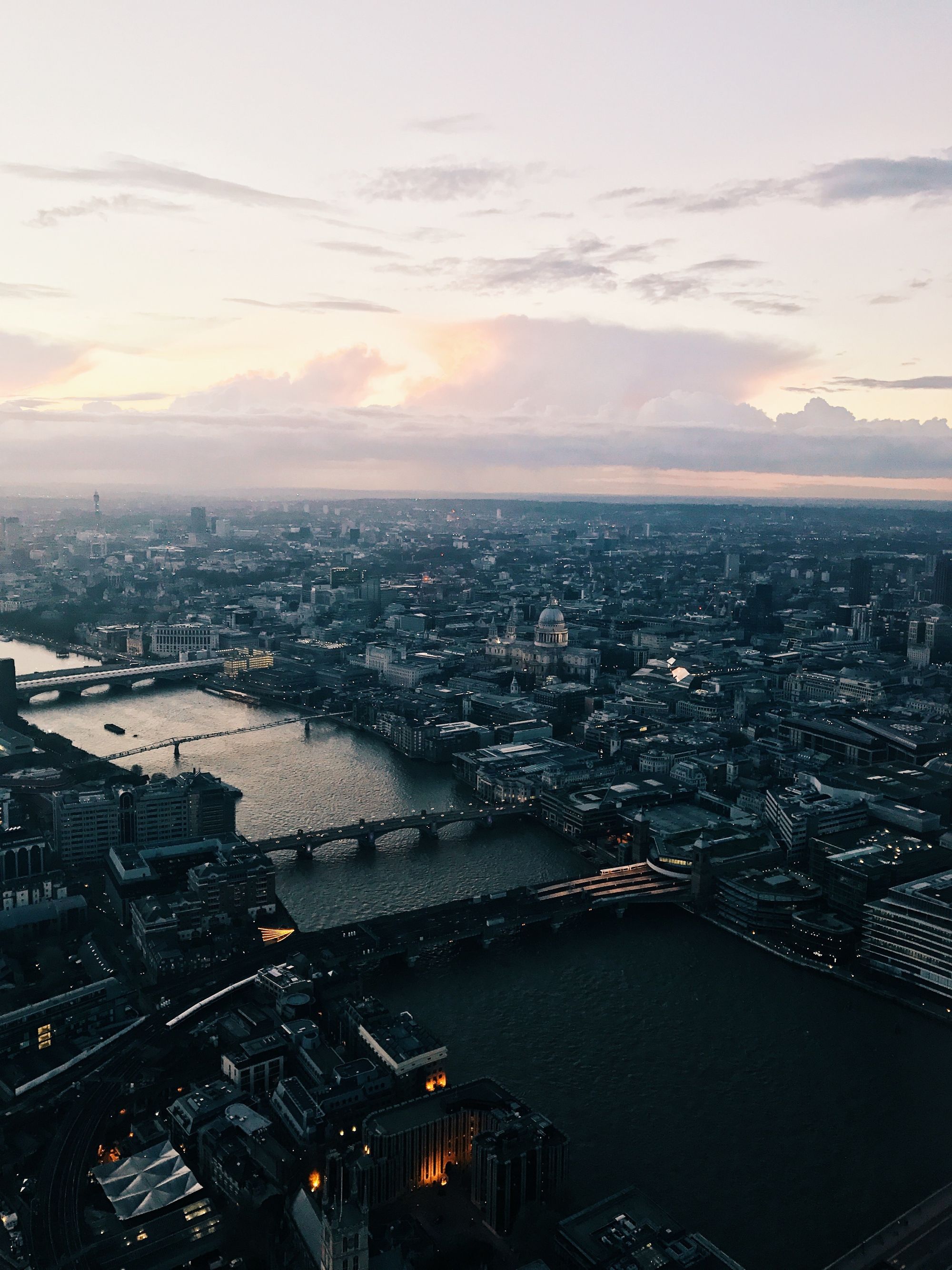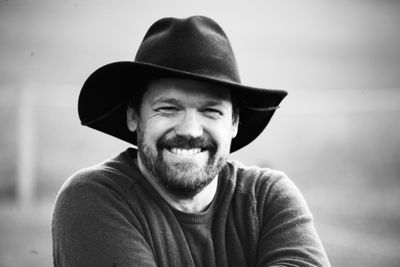Why would anyone try to design their life? The idea can be off-putting, maybe kind of overwrought, graceless, or naïvely control-oriented. It seems somehow far too much.
I agree, and I think the idea of being able to stand back from your life in order to design it can be silly and sort of insulting to the great and glorious unfold of life—our own lives as well as life on Earth and possibly elsewhere. Life is a wild ride, a flow to participate in, a huge and wonderful mystery.
But then I talk about designing, or re-designing, our lives all the time, because I see enormous good to be gained in it. (And I don’t mean lifestyle design, which is really not what this is about.)
So I’ve been thinking about that apparent contradiction—what place does holistic design thinking have in life-lived-large, in responses to our global predicament, and efforts to evolve our cultures? And well before that, is this kind of approach really even appropriate to making our own lives better?
When I think back on what led me to start applying design techniques to my own life, I remember that at first it was a playful thing, a sense of, ‘OK, if I’m going to get this right, I guess I’d better get detailed, and apply a bit of rigour…Hah! Let’s see what happens if I get all designerly about it.’
I had my formal design training to default to, which was not an altogether poor fit. Many of the standard practices of architecture have a strong immersive element, where you go deep into various physical possibilities and explore on paper and in-brain how they might be made real and what that might eventually be like.
And despite all the baggage that came with that, which is a lot of distasteful stuff, my experience was that the core imaginative practice can be transformative, somehow drawing from the depth of process something that would never have otherwise entered my conception. Something more beautiful and life-enhancing than I ever expected. While the education I received wasn’t particularly extensive, I did, for a short but intense period of my life, experience something powerful, and I held the potential of that immersive practice in some corner of consciousness.
But it was also a sort of desperate reaction away from all the ways I’d been told to do life—by setting goals, having strategies to get to them, and plans and timelines and great discipline to stick to it all. My instinct, and experience of trying this stuff out, was telling me that these are surface-level approaches, fragmented and disconnected, subtly alienated from life as a whole.
The practice of goal-setting is a small but good example of our culture’s habit of fragmentation and denial of responsibility. Because we have needs and desires that seem reasonable to us, we set a goal of achieving some aspect of that need/desire, and try somehow to work with all the factors, tensions and forces, etc that might go into realising this achievement. It seems innocent enough, but it’s diabolically difficult to do well, and it’s inherently alienating, not to mention dangerous, especially at larger scales.
Why is this? I suspect there are many reasons, but one that I see is that we’re attempting to work with all the natural complexities of our lives, our society, and the world without actually making room for them. We are told that single-mindedness is a good thing, and that we have to isolate the issues in order to get our heads around them. In an effort to simplify, we cut out a world of factors and forces from the ‘equation’, and proceed as if we are separated from them.
Depending on how isolationist a fashion we do this, the consequences are manifold: we hurt people we love, perhaps, having not factored certain variables, invisible at the time but sublimely important. Or we hurt people we don’t love or even know, which is just as bad. Whole TV series are based around this trap for a plot line. Or there are ecological ramifications to the method we are using, perhaps.
And so we go back and try to re-set the goal. I want to achieve such-and-such, but without hurting anyone, or without ecological consequence, for example. But how exactly? Complexity gets re-introduced, bit by bit, as we further understand, or just come up against, our fundamental connection with the rest of the world.
We get this—it’s just life, isn’t it?—and we feel like it can’t be rocket surgery. Most of us, in this culture, live according to some hybrid model in which we set goals, roughly speaking, and try to attune ourselves as best we can to the web of relationships in which they were set. But doing things this way, we are in fundamental tension with that web, and it overwhelms us. Collectively, we give each other and ourselves permission to ignore the vast majority of the web, as we generally agree that factoring everything—what Daniel Schmactenberger would call omni-consideration—is much too hard.
We make a cultural practice of accepting deeply limited charters, and assigning names to the consequences, names like externalities, and collateral damage. We take it as normal and necessary to have limited goals and limited metrics of success.
In design and technology, the consequences of this are everywhere. As a grotesque example, the Manhattan Project took as its limited goal, we are told, the aim of winning the race to atomic armament over Germany. And the residents of Nagasaki and Hiroshima, or rather the surrounding survivors, later had understandable difficulty in considering their communities collateral, externalities to the process. Yes, this is a massive simplification of events and motivations, but the pattern stands.
In the new millennium, more subtle and slower, but equally devastating examples of the phenomenon are legion, especially in the ‘field’ of ecology. Only the very young, who will wear the brunt of this wave of consequence, now need the results described to them.

Many people now recognise that any human culture that is able to survive, or thrive again in the ashes of the current ecological crisis, will have as a feature a fundamental belief in the connectivity of everything. Deep interconnectedness—or interbeing, as Thich Nhat Hanh famously adjusted it—is our baseline reality, and we need to live our lives accordingly. The same goes, I feel, for unknowable complexity, as another aspect of the same thing. (See the earlier post, How is the future made? )
Consequentiality is one the natural triggers for the need to design. We recognise the importance of something, and so aim to think well and deeply about it, before and during the materially and metabolically expensive process of building its structure. Our lives too have structure—denser, more weight-bearing formations that support the flow of our energies and movements. This is true of both physical and abstract features of our lives.
And so, we might not be able to stand back, in order to see and design our lives. We can’t create them afresh and we can’t control them. We can, however, take a design role in the unfolding of their potential. We can do this, partly by recognising structure and flow and how it comes about, how it is created in full complexity. More on this later.
Our current design traditions don’t have much to say about how to do this, probably because they too have believed in the myth of simplification and separation. But it is possible.
So yes, it is natural and healthy that the idea of designing our lives can seem overdone, even grotesque. When our design traditions are too much about control, and believe that design is only possible when you know, and have power over, all the complexities you are dealing with, we would not want to subject our lives to such mental machinery.
I believe that the true power of design thinking is found in the kind of experience I described having as a student—a rigorous immersive experience in which imaginative possibility emerges powerfully, and increasingly aligns itself with worldly pragmatics in a shifting dance toward new and useful beauty. This fundamental gift need not concern itself with control over the complexities of life. It can instead work patiently with unknown, and unknowable, levels of complexity and connectivity. It may never achieve absolute omni-consideration, which is likely impossible, but it can move strongly in that direction and learn to consider far more than it ever thought it could.
Attempting a bird's-eye view for a moment, we can see that human needs and desires prompt design responses, and this happens constantly at scale in our societies and communities. Each design process is a dance with creation and consequence, something we can’t get away from and just have to accept. But I think we do a very awkward dance at present, with our desire for control and our wilful blindness to earthly complexity and connectivity.
It doesn’t have to be that way. And I think we can introduce grace again by paying attention to how we create at a personal level. I’ve said earlier in this blog that we all have some kind of design practice, consciously or unconsciously, because design is native to the human brain. And so we can start there, as a way to bring change to our cultures of design.
This is the right scale to experiment with. Yes, we might be more concerned with how things are proceeding at much larger scales—how our culture writ large is ravaging its ecological nest, say—but whole societies are not the material with which to play and to prove a concept and learn new methods.
Who would even want to try their hand at large-scale social engineering, even if they had access to such a thing? What a nightmare to be in a position to pull such levers. Personally, I’ll leave that to the awful genius of the kind of oligarch who gather at places like Davos, and Bretton Woods, and hope to God that something stops them. Their genius, as far as I can guess, and if they do indeed have it, is a deep knowledge and instinct for the deathly politics and psychology of separation-culture, and the machinations of its inhumane economies. They are its embodiment.
Embodying more humble and beautiful values, we can cultivate a different sort of design practice with our own lives, where the subtleties of consequence can be felt directly and hopefully understood better as we go along. We can practice in our own households, where we have the autonomy to be radically gentle, and the chance to orient and re-orient, over and again, to kindness and care. And when we’re feeling confident, we can practice in our communities, where we can ask for accountability and share the burden of responsibility.
And I think that is as far as we each need ‘scale’ such re-workings of design culture. If they are any good, or have importance, they will travel more widely and take root through another human need that we all have—to share what we learn, what we really care about, with each other.
Images 1. Luca / 2. Genevieve Perron-Migneron
Comments? If you would like to say something about this post, I'd love that. For personal reasons, I don't enable comments on the blog site, but please feel free to write to me—andy@wearehumans.com.au






